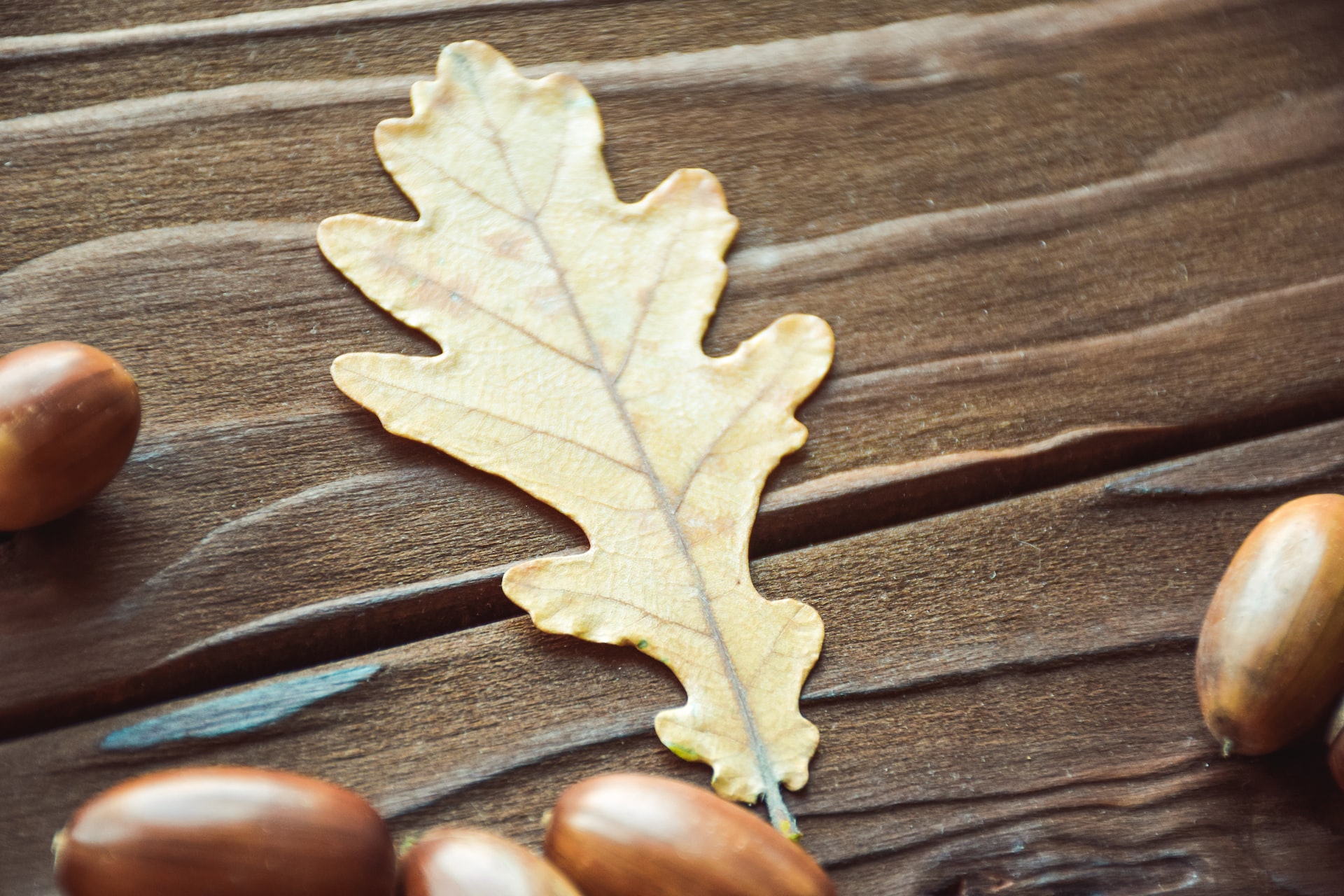What Are the Different Types of Grains in Oak?
Oak wood has been used for centuries and is well known for its unique charm, character and hardwearing properties. Most of which is due to its distinctive grain textures, knots and patterns. Oak has been used in traditional settings for many years but is so versatile that it can hold its own even in the most modern environments.
The wood grain refers to the fibres that make up the tree’s structure and develop as the tree grows and matures. The oak wood can be cut in two ways, either with or against the grain. Most worktops are cut with the grain, which creates a long plank (stave) of wood and exposes the grain lines, which run up and down the tree. The wood can also be cut against the grain, revealing the wood’s distinctive rings and end fibres referred to as the end grain.
Due to the tree’s natural growth and environment, each piece of timber develops its own unique patterns and character. The wood grain is made up of light honey and darker warm brown colourings, giving the characteristic pattern that oak is renowned for. Oak has a straight grain line with variations and knots, which grow darker as the wood ages.
The oak wood is graded depending on the grain patterns and knot variation. The natural grade oak is the most rustic of all the oaks and has the most visible knots, grain lines and colour variations.
The Prime Oak and Deluxe oak still have traditional oak’s warmth, charm and character. However, they are made from timber with fewer knots and longer grain lines; this gives the worktop a more even pattern and colouring than the more rustic natural oak.
The deluxe prime oak is made from wood with the most extended and even grain lines and very few knots. This creates an almost uniform colouring and is perfect for larger areas such as breakfast bars, kitchen islands and worktops.
The end grain of the oak has been used for decades and is fondly known as the butcher’s block. As the name suggests, butchers have used these blocks for decades. The end grain can be used to create an area of the kitchen which is safe for cutting directly onto without the need for a chopping board.
Instead of the wood being cut with the grain, it is cut against the end grain. Then the blocks are fused together to create the distinctive block pattern effect we are all familiar with. The end grain creates an incredibly strong and durable surface, perfect for chopping and cutting due to its strength and anti-bacterial properties.
Oak wood is a beautiful, incredibly hard wearing wood with unique grain patterns and colouration, creating a distinctive worktop to grace the most beautiful kitchen designs.
Whether you prefer the natural oak with its rustic knots and varying colours and grain patterns, the more uniform flowing grain lines of the Prime and Deluxe oak or the End Grain of the Oak butcher’s block, oak will have something to suit your design and style.
